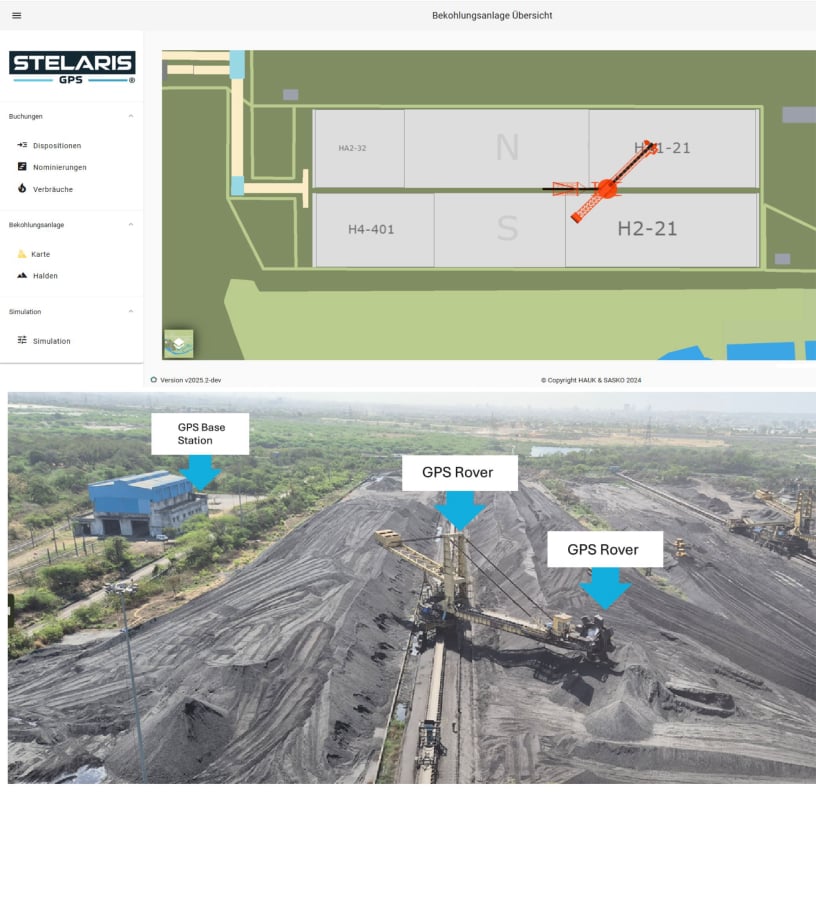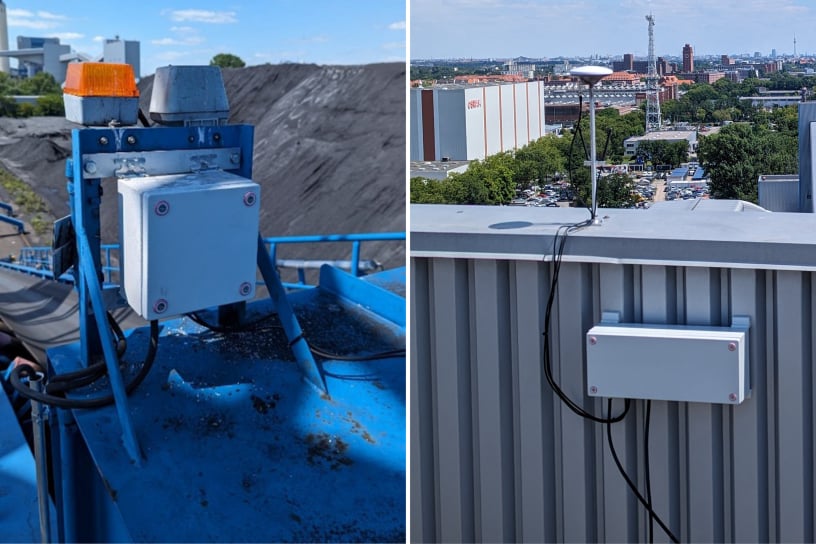At the heart of the system is the GNSS board with support for GPS, GLONASS, Galileo, BeiDou, and SBAS. It delivers position data with an accuracy of <1 cm when using RTK and up to <0.9 m in standalone mode. The update rate is up to 20 Hz, making it ideal for dynamic applications. Communication takes place via long-range radio with a range of up to 10 km with a clear line of sight. The radio modules can be configured for various international frequency ranges and support both point-to-point and multipoint connections.
The base station is equipped with an industrial PC with an ARM Cortex A53 processor, 1 GB RAM, and numerous interfaces (Ethernet, USB, RS485, HDMI). Digital and analog inputs/outputs enable the integration of external sensors and actuators. The IP20 protection class and a temperature range from –20°C to +55°C make it suitable for industrial use.
The rover is equipped with a GNSS antenna (IP66), a robust power supply, and integrated lightning protection (IP67). It operates reliably at temperatures from –40°C to +85°C.


